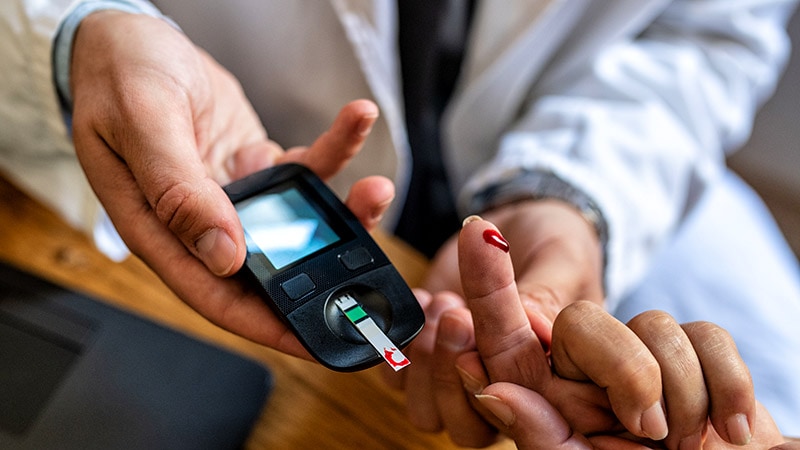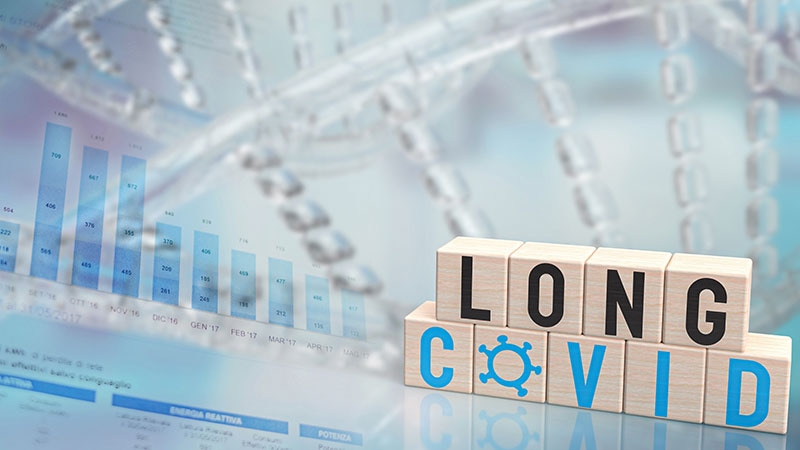Takeaway
- In patients with type 2 diabetes mellitus (T2DM), early intensification of dapagliflozin may be associated with greater glycaemic benefits compared with later intensification.
- No significant difference was observed in weight and systolic blood pressure (SBP) between early and later dapagliflozin users.
Why this matters
- Recent T2DM guidelines recommend early intensification with sodium-glucose cotransporter-2 inhibitor or glucagon-like peptide-1 receptor agonist that have shown cardiovascular (CV) benefits in patients with a history of established atherosclerotic CV disease or chronic kidney disease.
Study design
- 3774 patients with T2DM (age, ≥18 years), initiated dapagliflozin between November 2012 and August 2016, were included from the UK Clinical Practice Research Datalink (CPRD).
- Primary outcomes: changes in glycated haemoglobin (HbA1c) level, weight, and SBP with early vs later dapagliflozin intensification.
- Funding: AstraZeneca.
Key results
- Of 3774 patients, 951 (25%) were early and 2823 (75%) were later users of dapagliflozin.
- After adjustment for confounders, early vs later dapagliflozin use was associated with a greater likelihood of ≥1% HbA1c reduction (OR, 1.68; 95% CI, 1.15-2.45; P=.0073).
- Patients aged >70 years vs those aged <55 years were less likely to achieve HbA1c reductions (OR, 0.64; 95% CI, 0.45-0.90; P=.0112).
- Patients with a lower baseline HbA1c level (<8.5%) were less likely to achieve reductions vs those with a higher baseline HbA1c level (>10.0%; OR, 0.08; 95% CI, 0.06-0.10; P<.0001).
- Early vs later dapagliflozin users did not differ in weight (OR, 0.79; 95% CI, 0.54-1.14; P=.2079) and SBP (OR, 0.87; 95% CI, 0.58-1.30; P=.4870).
Limitations
- Study did not assess the efficacy of early intensification with dapagliflozin vs other T2DM therapies.
References
References



